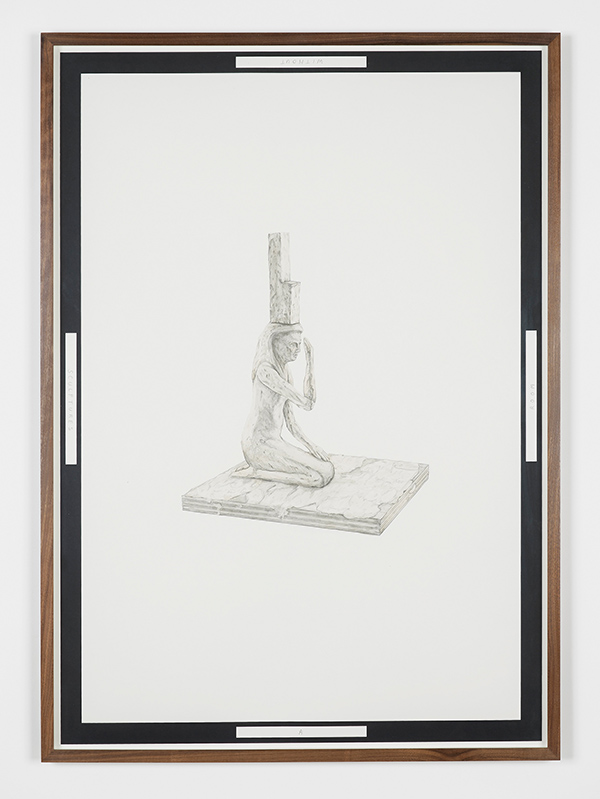How do we understand an absence? For some, it’s the elicitor of fondness, for others it’s simply a lack. In spacetime physics, the Hole Argument put forward by Einstein in 1913—and only recognised as important seven decades later—posited that a hole in matter is also part of the make-up of spacetime. The only meaningful definition of location and time, he concluded, is through matter; the three are interwoven. Hitchcock, ever the sly commentator, had his own take on the phenomenon, beginning each episode of his Alfred Hitchcock Presents television series with a projected shadow of the director stepping in to the bulbous outline caricature of his own profile. Readers of this passage familiar with the series will, no doubt, have the indelible rhythm of Charles Gounod’s ‘Funeral March for a Marionette’ (1872), the song that acted as the soundtrack for the show’s title sequence for all ten seasons, echoing through their minds: absence, it seems, is simply the more lyrical and evocative twin of presence.
Kit Craig’s ‘Room Without Sculptures’ is silent, save for the occasional clanking of concrete as we make out way around the hollowed out room. Hitchcock knew the importance of his opening sequence as a platform, a stepping-stone into a set of perhaps parallel worlds where, we expect, something else might happen. In similar series, like The Twilight Zone, the introductory sequence is likewise more definitive and memorable than the contents of the show itself, inclining us towards worlds that were perpetually populated with collectors of obscure artefacts, characters with hidden agendas, curators of impossible museums. ‘A Room Without Sculptures’ might be a trophy cabinet of sorts in one such world. Stepping onto the diminutive stage of the concrete slabs that fill the gallery, oblong and unusual holes in the flooring are filled in with black material. Precise, realistic drawings line the wall, each labelled with the collector’s notes. This is a museum devoted to, but also conspicuously and determinedly absent of, sculptures: odd cross sections of a statue of a bearded man, a monkey-headed walking stick, a five-fingered udder of sorts. Their surfaces are faithfully and painstakingly reproduced, lovingly categorised and preserved, but what these were, or where they went, we can only guess.
The room chases and traces a series of apparent objects, that for all their evidence and all their wilful substantiation still aren’t here. Instead, Craig gives us a trail of hard-edged illusions and secretive facts, leaving us in an unmade museum to unlock our own versions of what went in, and out, of this deserted room.



















